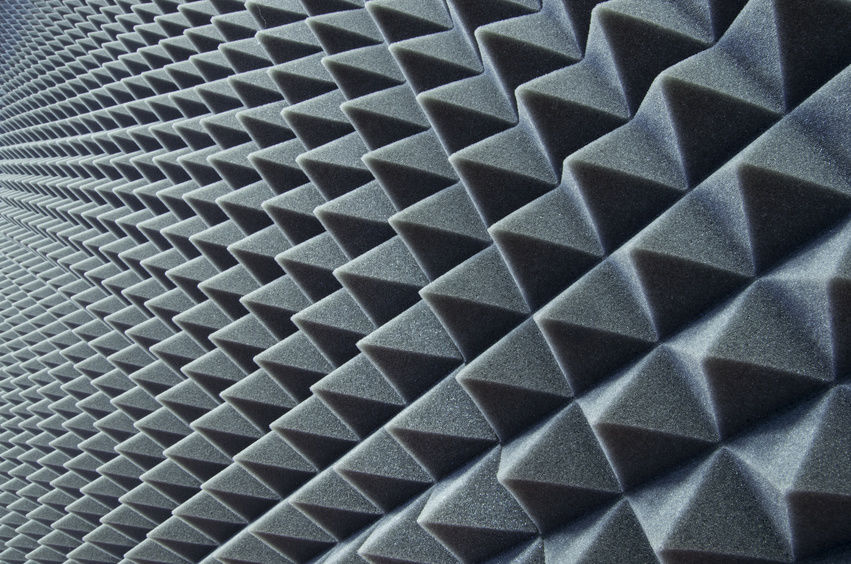Many homeowners have to deal with large amounts of noise pollution in their neighborhood. Whether it’s the loud volume of movies or a dog continuously barking, it can get relatively frustrating. Sound vibrations tend to easily travel through walls without adequate noise suppression installed. In order to obstruct these sound waves, you can choose to control it through the use of acoustic foam. Here are some of the major advantages of using acoustic foam.
Sound Control
The major reason why homeowners install acoustic foam is to reduce the amount of noise pollution. But, rather than blocking sounds, acoustic foam actually works to remove echoes and background sounds. Essentially, they work to control the reverberation sounds of a room.
Substantial Quality Increase
Acoustic foam can also enhance the sound quality of a room if fixed in the right area. If placed in corners or wherever optimal sound mixes are needed, they can minimize echoes. Since most acoustic foam is cut into tiles with a wedge or pyramid type shape, they can perfectly fit around the house with ease.
Aesthetically-Pleasing
At-home music studios and work areas tend to utilize the properties of acoustic foam and acoustic foam panels for sound purposes. But, they can also improve the interior design of a room as well. There are numerous colors and textures of acoustic foam. By incorporating it into a room, you can add sophistication and elegance – while improving sound barriers at the same time.
Bio: Foam Factory, Inc. provides the finest sound proofing foam on the market at a competitive price. For more information visit them online today.
